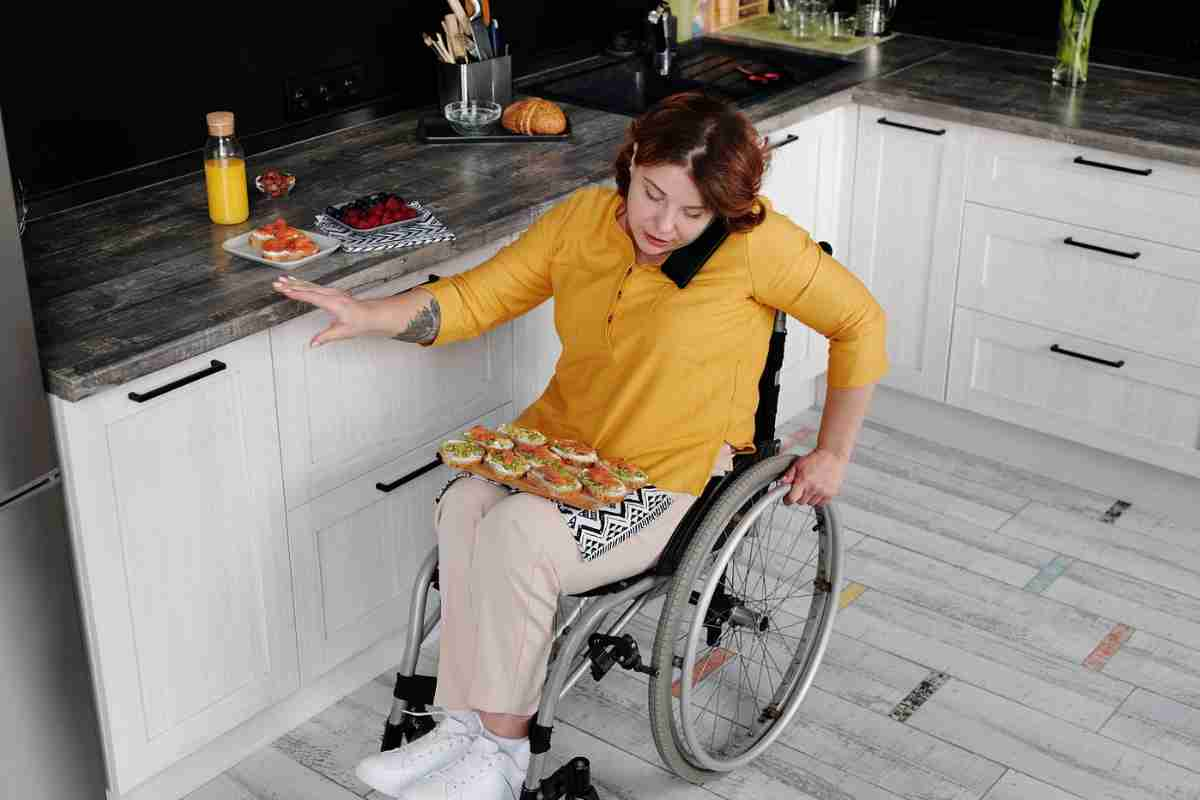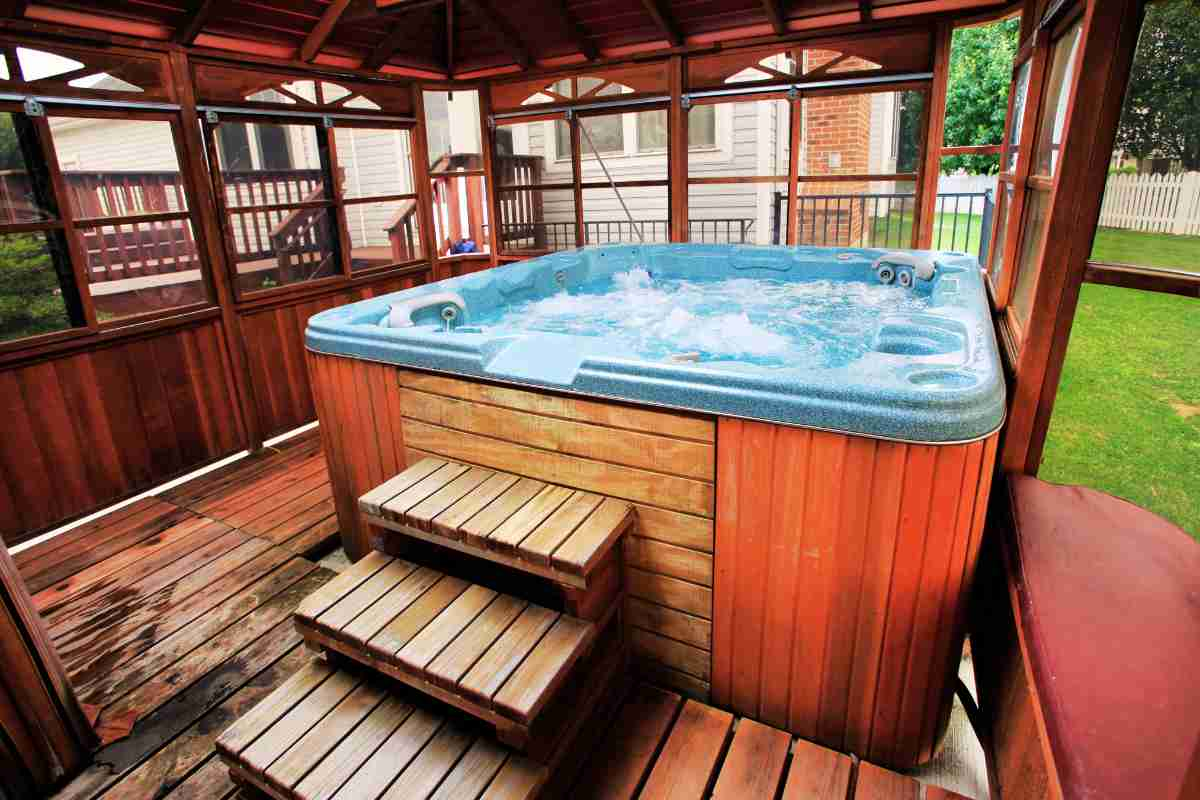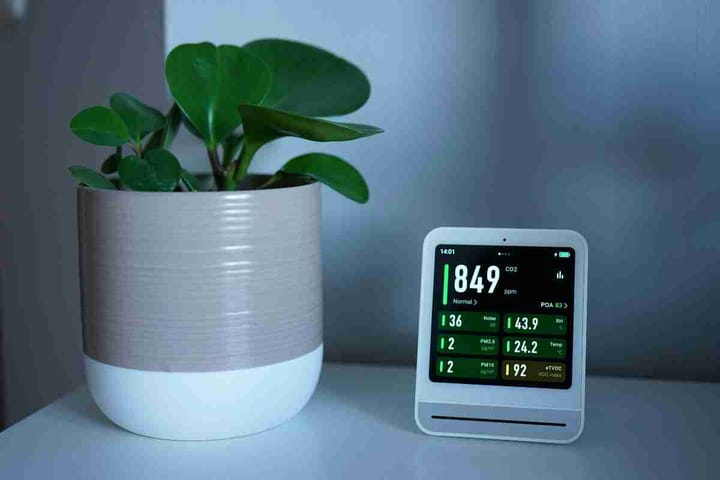Home Safety for People with Limited Mobility
Mobility limitations from injuries, arthritis, aging can make home navigation risky. Customized accessibility reduce accidents and improve daily functionality.

Mobility limitations may arise from various factors such as injuries, arthritis, chronic illnesses, or age-related declines in physical capabilities. Irrespective of the underlying cause, navigating one's home safely becomes challenging and poses risks like falls, difficulty accessing essential items, or potential obstacles during emergencies. By implementing customized accessibility modifications, accidents can be significantly reduced while enhancing daily functionality.
Assessing Risk Factors and Hazards
Creating a safer and more accessible home starts with recognizing areas or tasks that pose challenges. Evaluating oneself using checklists provided by trusted home health organizations can reveal potential risks. Alternatively, seeking the services of an occupational therapist, physical therapist, or accessibility consultant for a comprehensive home assessment can help identify subtle hazards. Hiring specialists like those from Marc’s Mobility allows for properly evaluating if wheelchairs, mobility scooters or other equipment suits current and future accessibility obstacles. These professionals can also recommend appropriate equipment, modifications, or Home accessibility assessment services based on mobility needs.
Areas such as flooring, bathrooms, kitchens, bedrooms, and entryways often present potential risks and require thorough examination. Insufficient lighting, absence of grab bars and railings, uneven surfaces, obstructions obstructing pathways, or improperly positioned reaching aids can significantly increase the likelihood of falls or other accidents within the home. By identifying these hazards, targeted safety enhancements can be implemented, prioritizing the most frequently used and highest-risk areas. Regular reassessments ensure that modifications align with evolving accessibility needs, promoting a safe and secure living environment.
Crafting Bathroom Safety Solutions
Bathrooms present a combination of water, slippery surfaces, and limited maneuvering space. There are lots of injuries that occur each year among seniors in bathrooms. However, with cost-effective modifications, hazardous bathrooms can be transformed into safe and accessible sanctuaries.
By including an ample number of nightlights and light switches at the entrances of rooms, you can ensure well-illuminated pathways. Enhancing stability during movements and transitions can be achieved by installing grab bars near toilets and shower stalls at appropriate heights. To get the risk of slips and falls to a minimum, consider affixing anti-slip adhesive strips in bathing areas or using rubber-backed bathmats.
Other cost-effective modifications such as adjustable showerheads, waterproof shower seats for resting, and raised toilet seats paired with safety frames for easier sitting-to-standing transitions can greatly improve safety. Get occupational therapists or professional home contractors to install these modifications to ensure proper support of body weight during transfers and standing.
Adapting the Kitchen for Safety and Function
Similar to bathrooms, kitchens require moving between narrow zones near hot or wet surfaces. Simple renovations can improve kitchen accessibility and reduce the need to use areas prone to spills or burns. Cabinets that store frequently used cooking equipment and ingredients within easy reach minimize the risk of climbing. Adjusting counter heights for seated or standing meal preparation can prevent back strain. Countertop appliance garages provide convenient access while keeping cords out of the way. Motion sensor lights under cabinets automatically illuminate previously shadowed meal prep and clean-up areas.
To enhance accessibility for individuals using wheelchairs or walkers, traffic paths can be rerouted to create more space. Installing adjustable cabinet and sink hardware, as well as incorporating pull-out shelving and storage drawers, allows for easier retrieval of items without excessive bending or twisting. To prevent accidental burns, insulate hot water pipes. Regularly inspecting appliance cords for fraying helps minimize the risk of electric shock or falls. Choosing non-slip flooring options, such as high-friction laminate or wheelchair wheel locks, improves mobility and stability while preparing meals.
Additional Safety Tips for Seniors with Limited Mobility
- To prevent falls or accidents caused by sensory limitations, have regular sight and hearing examinations. If there are any changes in vision or hearing, make sure to update prescriptions accordingly.
- Ensure you wear well-fitting and supportive footwear, and stay vigilant for potential hazards such as pets, cords, or uneven surfaces.
- Ensure proper illumination is installed throughout the entire house, particularly in areas such as staircases, entrances, and bathrooms that are frequently used during nighttime hours.
- Remove any clutter obstructing hallways and ensure heavy items are safely stored to create clear pathways for easy navigation.
- Position commonly used objects within convenient reach, potentially using reacher tools to minimize excessive bending.
- Ensure the proper maintenance of assistive equipment, such as canes, walkers, wheelchairs, etc., to optimize safety and functionality.
- Ensure that emergency alert systems, phones, or remote monitoring devices are easily accessible from every room, guaranteeing quick and efficient response in case of emergencies.
- Engage in self-care by maintaining an active lifestyle and ensuring proper hydration on a daily basis. This will help prevent symptoms such as weakness, dizziness, or cognitive impairment.
- Create a system of buddies with whom you have regular contact. Your neighbors should be aware of any mobility limitations you may have, and they can provide quick assistance if anything seems out of the ordinary.
Staying Proactive About Home Safety
While home modifications offer solutions for accessibility, individuals with limited mobility should prioritize safety. Regular attendance of therapy sessions, whether physical or occupational, helps maintain core strength, flexibility, and balance, which are crucial for stability within the home. Inform healthcare providers about home layouts and mobility limitations to assist emergency responders in case of accidents. Establishing emergency contacts or a buddy system ensures that someone is available to check in if anything seems wrong. Additionally, modern medical alert systems and safety products can promptly notify designated individuals in the event of a fall or injury, expediting assistance.
The key to addressing mobility and accessibility challenges in different living environments lies in appropriately equipping each space. This approach promotes independence, meets basic needs, and helps prevent serious injuries at home. By seeking professional guidance and creating tailored home solutions, individuals can age in place securely for years to come. Remain attentive to new safety hazards and accessibility struggles, ensuring that modifications adapt as mobility changes with time. Implementing a few simple solutions early on can provide comfort and peace of mind, allowing individuals to stay in a secure and accessible residence for life.




Comments ()